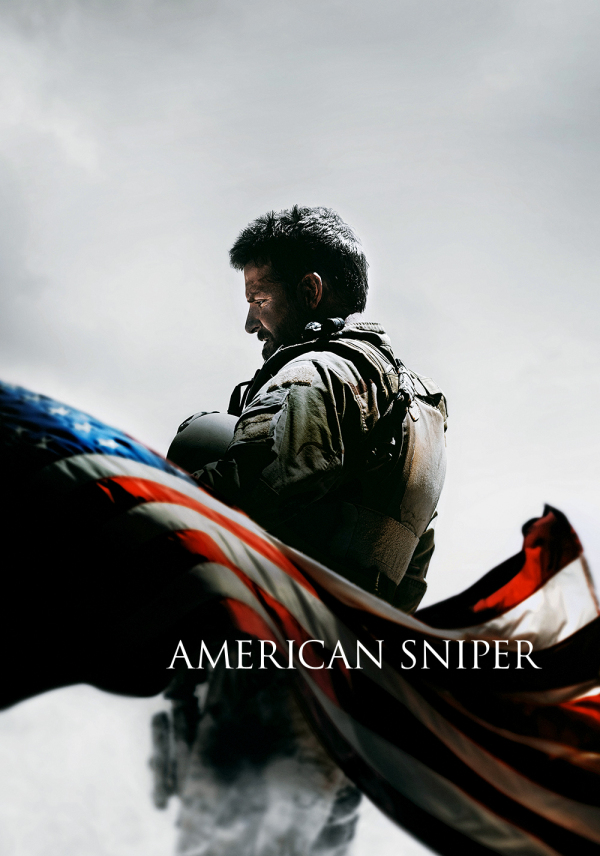BY COLE NOWLIN Reaction to American Sniper — the new Clint Eastwood film starring Bradley Cooper as Chris Kyle, the deadliest marksman in American military history, with 160 confirmed kills in Iraq — has run the gamut of love and hate. Some have likened it to Quentin Tarantino’s version of Nazi propaganda, others have called it one of the “great pieces of American poetry.” People who have seen the film seem most divided by three key aspects of American Sniper:
- Whether Kyle was a war hero or a remorseless killing machine
- The historical accuracy of American Sniper’s portrayal of the Iraq war
- The film’s portrayal of Iraqi insurgents as evil incarnate as opposed to citizens of sovereign nation repelling an invading army
One of the more intriguing aspects of the film is the stylized white skull that is plastered all over the Navy SEALs vehicles and is a fixture of Bradley Cooper’s body armor. This white skull is the logo of Frank Castle, better known in comic book circles as The Punisher. All superheroes have a creation myth and The Punisher is no exception: His family is killed by mobsters which triggered his instantaneous transformation into one-man judge, jury and executioner, killing as many mobsters as he could. In American Sniper, Kyle is The Punisher, relentless in his quest for vengeance against insurgents, which he refers to as “savages.” In his superb piece for Vulture on American Sniper’s Punisher fixation, Abraham Riesman quotes a passage Kyle’s book:
“We all thought what the Punisher did was cool: He righted wrongs. He killed bad guys. He made wrongdoers fear him. We wanted people to know, We’re here and we want to fuck with you. It was our version of psyops. You see us? We’re the people kicking your ass. Fear us. Because we will kill you, motherfucker. You are bad. We are badder. We are bad-ass.”
The film, like Kyle’s memoir upon which it is based, is populated with black hats and white hats, good guys and bad guys, without the faintest hint of a moral grey area in between. The closest thing the audience gets to moral quandary is Kyle’s first two kills — a young child and his older sister. How do you justify killing a child and a female civilian? Easy, just give them a hand grenade and, voila, Kyle has all the license he needs to shoot them both in the head. Medal, please.
Like most superhero comic books, American Sniper is premised on the unquestionable certainty that the people Kyle is killing are “bad guys.” It pits Kyle against an army of brown-skinned evil-doers and frames the war as a continuous cycle of violence and retribution, where a wergild must be paid. But perhaps this was the message American Sniper was trying to convey, that the war was a needless bloodbath, an exercise in brutality that made mass murderers of rodeo cowboys. Wouldn’t that be nice?

